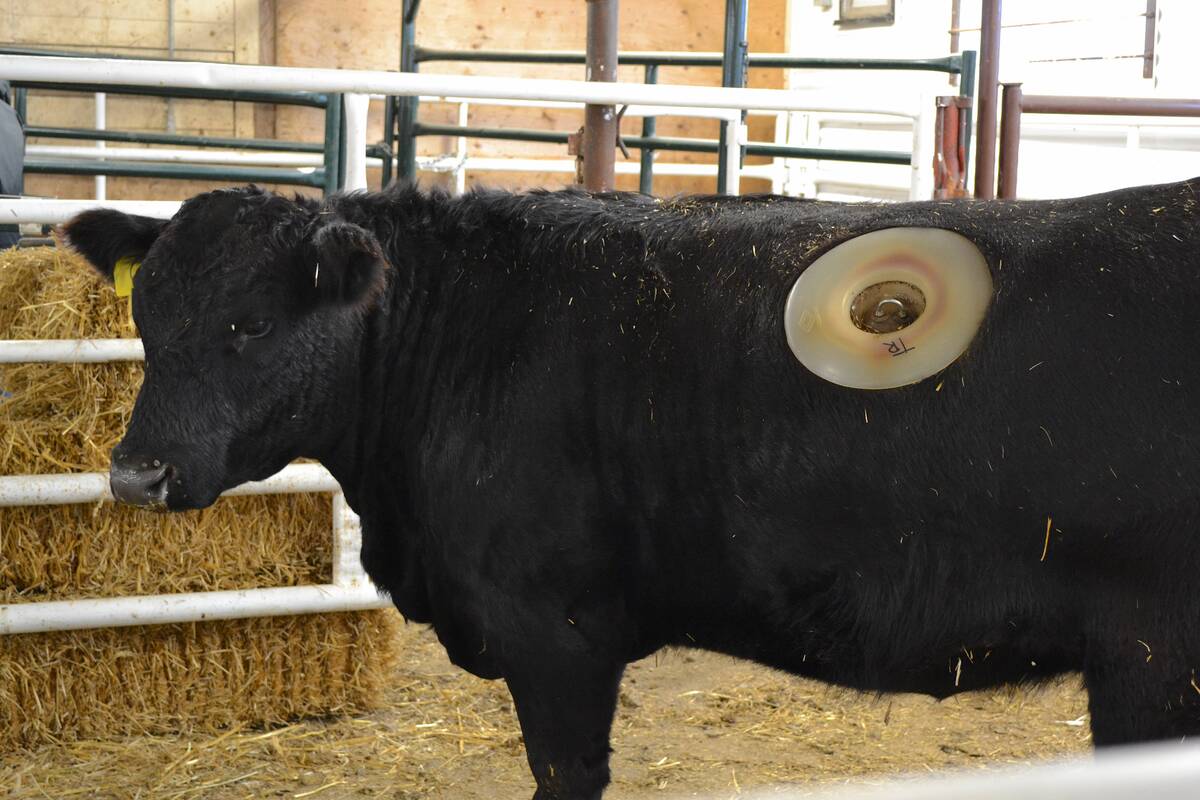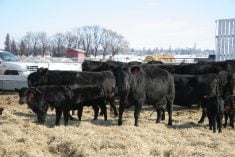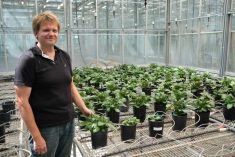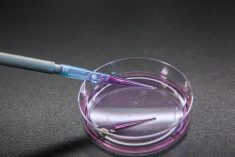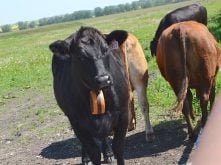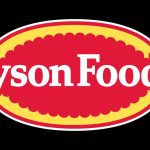Lakeland College has introduced six cannulated heifers to the school’s Applied Research Team, and researchers are excited about the possibilities their new bovine residents could provide.
“This is really exciting for us. These animals will take us, I think, to new territories with doing livestock research. We hope to keep them for many years. We have to keep them slim and trim, and we have to care for their cannulas and make sure they they can keep on answering our questions for years to come,” said Carien Vandenburg, research associate at Lakeland College.
WHY IT MATTERS: Cannulated cows gives researchers an inside look at the rumen and an opportunity to find solutions for healthier and more production cattle for producers.
Read Also
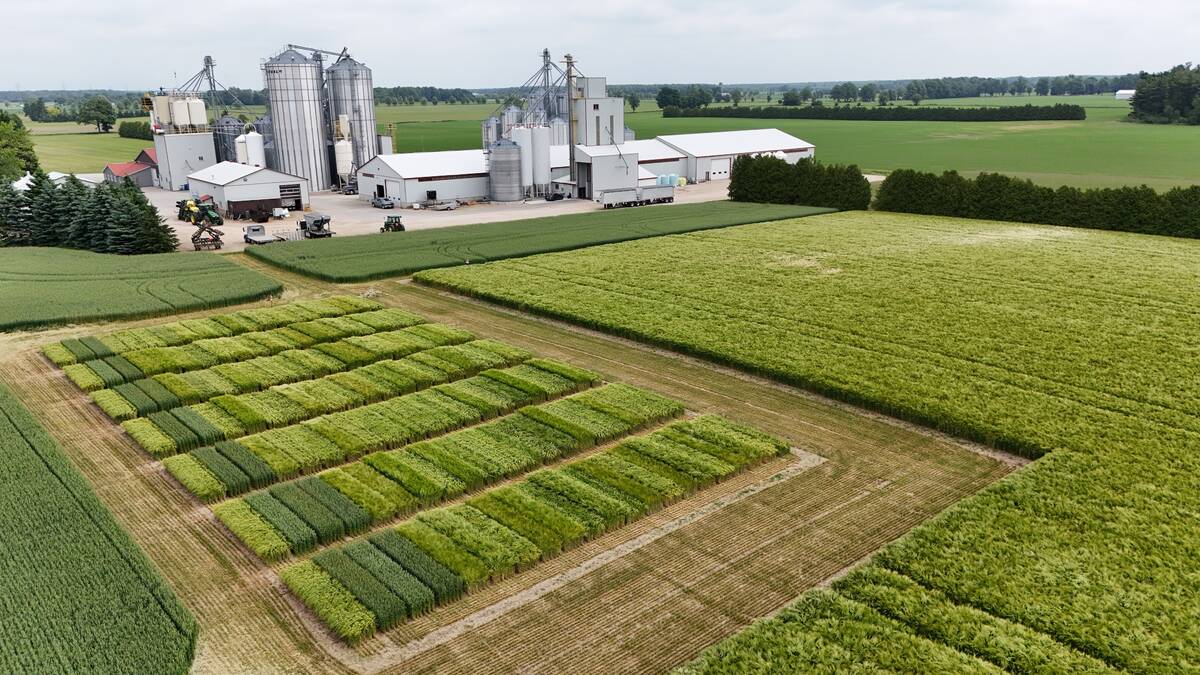
Winter cereals beyond wheat gaining traction
Winter cereals such other than wheat, such as barley, could provide better yield and rotation options for Ontario growers.
The heifers were purchased from the University of Saskatchewan, where they were cannulated before being transported to Lakeland College’s Vermilion campus. Cannulation involves fitting a porthole-like device that allows access to the rumen of a cow, to perform research and analysis of the digestive system.
While the cows were at U of S, researchers there conducted studies on treatment for bovine respiratory disease.
“These animals have helped a U of S researcher to see if we can do more than just give them an antibiotic … and provide more support for the animals for them to recover from that,” Vandenburg said.
Now that they are at Lakeland College, the primary focus of research on the animals is centred around a compostable net wrap called Nature’s Net Wrap.

Researchers will put the net wrap in with the heifers’ feed and see if they will sort it out from the hay or eat it. If the cows do consume the net wrap, researchers will be able to evacuate the rumen, sort through the contents and remove the net wrap.
“As long as you can do it in about three quarters of an hour and keep the rumen, you can pull it out, take a look and throw it back in. I’ve never done that, but Gabe Ribeiro, who is one of the professors over at the U of S, has multiple times. He’s also a veterinarian, and he is going to come over and be on site every time we evacuate the rumen. So we’re looking forward to that,” said Brenda Ralston, a livestock health research scientist with Results Driven Agriculture Research (RDAR).
Ralston said the study on this net wrap could be an important step in combatting software disease, an issue of digestive blockages from plastics, twine or rope, which can be fatal for cattle.
“It actually kills a number of cows, and producers don’t realize it until the vet comes out and finds this big ball that’s plugged the cow’s rumen so that it can’t get through into the abomasum. It’s kind of like when you get impaction in cows in the winter when you’re feeding high roughage diets,” she said.
Ralston added that they are not expecting to find the new net wrap to be fully digestible. It should still be removed from the cattle’s feed.
“It’s not that we’re recommending producers not remove the net wrap, but we all know it happens, right? I mean, I don’t know many feed lots that actually take the net wrap off their bales before they put it through the processor. So it happens. It’s just good to have some kind of information for producers on how it reacts in the rumen,” she said.
Further studies
Ralston said the Applied Research Team will also be doing bolus studies on the cannulated cows. More specifically, she said they can look at magnesium boluses to see how they can be used to address acidosis in a feedlot calcium boluses for use when a cow develops milk fever.
“There’s a variety of different types of boluses on the market, and we want to look at speed of the boluses breaking down. Because really, when you’ve got an animal that has some type of health issue like milk fever or acidosis, time is of the essence,” she said.
“Some boluses break down better than others, more quickly to address it. And some have a better composition that helps to moderate those diseases or nutrient-associated diseases. So these heifers will be really important in that.”
Other studies which the research team has noted may be of interest in the future include environmental impact studies to learn more about methane emissions and develop feed additives to reduce greenhouse gasses, feed efficiency studies to identify optimal feed formulations to improve beef production and transfaunation studies explore transferring healthy rumen microbes to sick beef cattle to restore gut flora and improve recovery.

